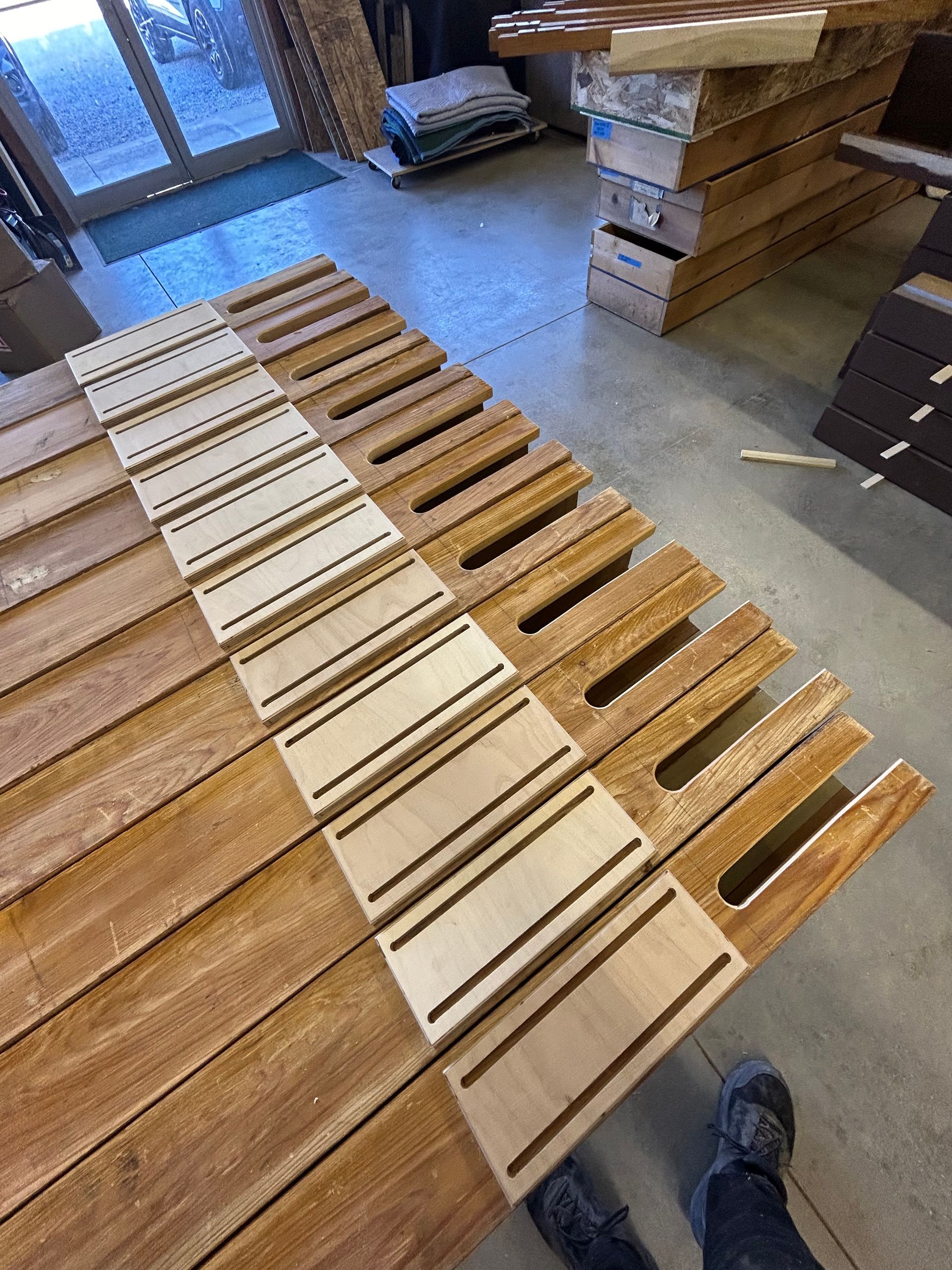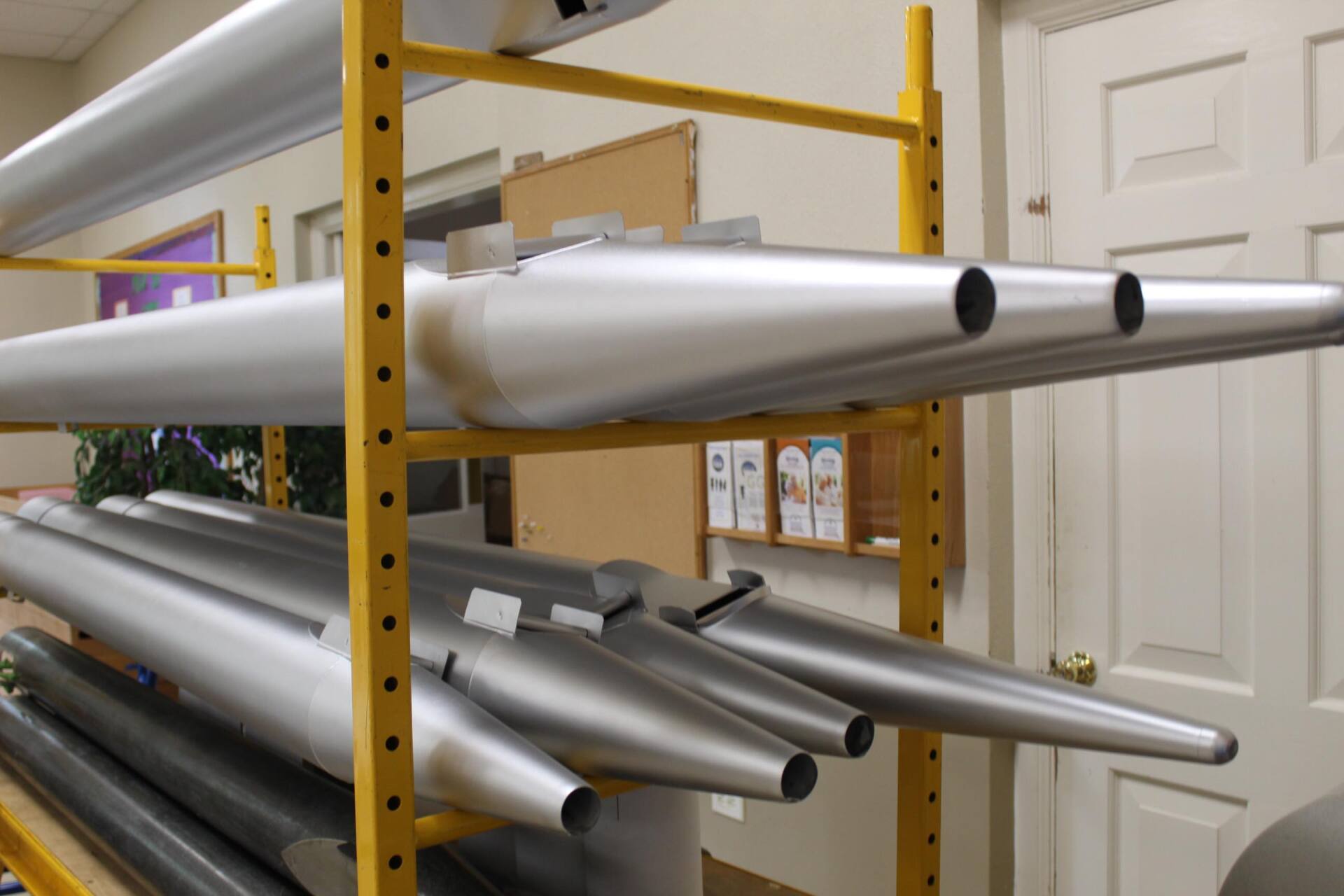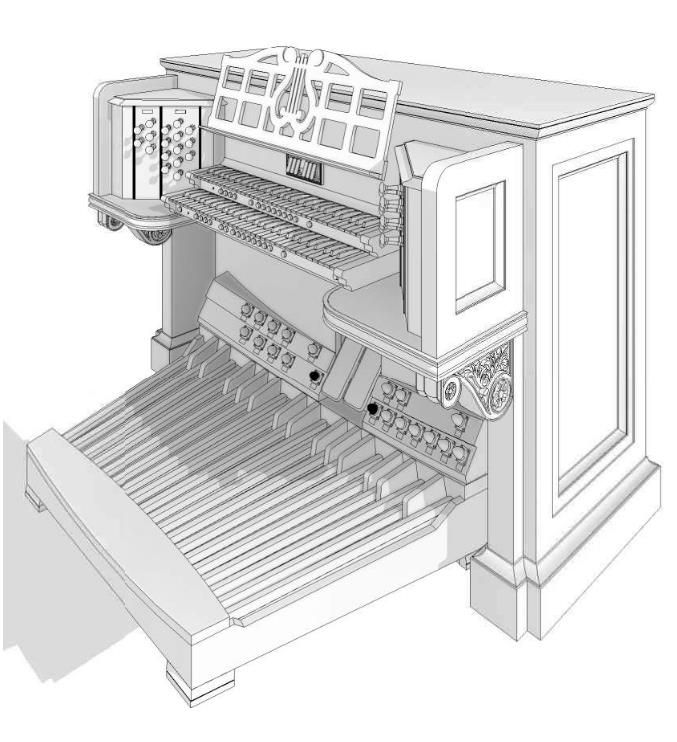Maintaining and caring for organs: a guide for musical institutions.
A pipe organ is many things: a delicate soloist, a rousing trumpet fanfare, a sensitive accompanist, and a firm foundation for congregational singing. Increasingly, a pipe organ is also a computer capable of recalling hours of music, working together with the organist to create a unique musical event. At its most basic, an organ is an amalgamation of organic and inorganic components which, with proper care, can serve a community for generations.
We know that the right organ is an irreplaceable member of its community, and to protect that investment, it’s essential that the organ be regularly maintained. We’ve put together the following guide to help institutions understand the maintenance concerns of a typical organ.
Climate control.
An organ in a space that is not climate controlled is an organ with problems. Organic and electrical components alike will degrade faster in high humidity, and dramatic fluctuations can cause wood to crack, which in turn can make pipes stop playing or play when they shouldn’t. Less extreme swings can still be a problem, as temperature and humidity directly effect the tuning. Humidity should be at a constant between 35-65%, and temperature swings kept to a minimum.
Proper air flow can dramatically change the character and usability of an instrument, as heat stratification can cause divisions to drift apart in pitch. Consider consulting with a professional organbuilder when making changes to the climate control system in a space, so that the changes made can serve the instrument as well as the occupants.
Regular tuning.
Tuning should be regularly scheduled at least once a year, though it’s often desirable to tune after a seasonal change as pipes of disparate construction and size react to temperature and humidity fluctuation. Make sure that chamber and blower access is clear for the technician, and bring the room to the same temperature at which the organ is normally used before the technician arrives.
It is imperative that tuning is done by a professional technician in the organ chamber. The technician manipulates a unique tuning mechanism on each pipe to bring the instrument together — a typical three manual instrument has thousands of pipes, most of which are delicate and difficult to replace. In addition to moving about the chambers without damaging any delicate exposed components, the tuner should inspect windchests and reservoirs for leaks, inspect and oil the blower if necessary, and check the chambers for unwanted incursions like water and pests. They may also perform small repairs, such as replacing worn console components or making action adjustments. Your tuner is your first line of defence against costly repairs down the road.
Chamber care.
Dust and grime can fill narrow windways in pipes to dull and soften the sound, become trapped in reeds causing unpredictable effects, or clog and degrade leather pneumatics to provoke ciphers or dead notes. It’s important that the blower draw from a clean, climate-controlled chamber to prevent debris from being blown directly into these delicate components. Chambers and blower rooms should be kept sealed and locked to keep the space safe and clean.
A ‘ten-year clean’ is sometimes recommended, where all pipes are removed and cleaned, and the chambers vacuumed. This can be a good time to tighten loose tuning mechanisms and maintain windchests, or other repairs. This process results in a more ‘locked-in’ sound and better pitch stability between tunings, and can be performed as regular maintenance.
Covering the organ.
In the event of renovations to the space, it’s important that exposed portions of the organ be professionally covered to prevent dust from settling on pipes and windchests.
Console etiquette.
Educate organists and community members who approach the console about proper handling and care of the instrument. Avoid placing drinks or food near the organ, especially sweets that can easily fall into the console and attract rodents. Encourage organists to remove music from the music rack before erasing, as eraser shavings can cause keys to stick or interfere with electrical components. Make sure that players wash their hands before using the instrument to prevent damage from oils and debris, and keep street shoes off the pedals to maintain a smooth surface for playing.
Keep a service log.
Make sure to check regularly for any signs of damage or wear and tear on the organ, such as sticking keys, faulty pistons or stop controls, unusual sounds, or changes in tonal quality. Make note of any changes or problems, as these issues can be somewhat ephemeral. Your technician will appreciate specific information like what stops were on when the problem occurred, what notes were being played and on which keyboard, and if the problem is consistent or sometimes goes away.
Maintain detailed records of the organ's maintenance history, including tuning dates, repairs, and any other relevant information. This will help track the organ's condition and identify any recurring issues.
Budget for repairs.
Set aside a budget for organ repairs and maintenance. Regularly review the organ's condition and prioritize repairs based on urgency and importance.
Consider restoration.
If the organ is showing signs of significant wear or damage, consider investing in professional restoration services to bring the instrument back to its original condition.
Maintaining and caring for organs requires diligence and proactive measures. By following this guide and investing in regular maintenance, you can make certain that your organization’s instrument continues to inspire and enchant for decades to come.





